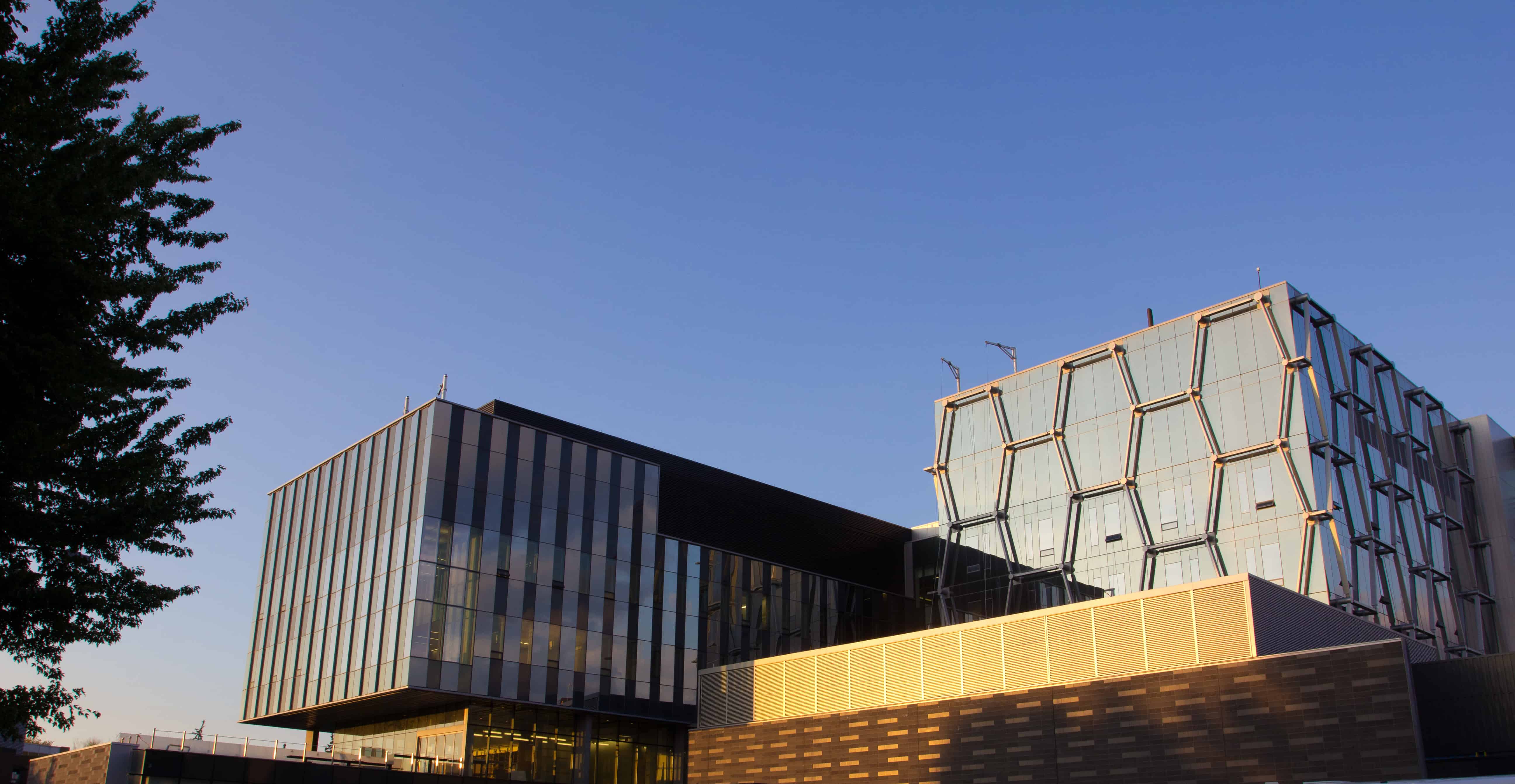
By Hamish Johnston at the 2013 CAP Congress in Montreal
Yesterday morning I was back at the University of Montreal for more physics at the Canadian Association of Physicists Congress. I started off the morning with a bit of quantum cosmology and quantum gravity with a distinct hint of condensed-matter physics.
The first speaker was Robert Mann of the University of Waterloo, who spoke about “black-hole chemistry” – although it seemed much more about thermodynamics to me. In particular, he spoke about the similarities between the esoteric equations describing black-hole thermodynamics and the thermodynamic equations of state describing familiar materials such as simple fluids. The big challenge, according to Mann, is that there is no term in the black-hole equations that is analogous to the pressure–volume term of conventional thermodynamics. His solution is to treat the cosmological constant as a variable that is related to a pressure from the vacuum.
Next up was Sanjeev Seahra of the University of New Brunswick, who spoke about “polymer quantization” as an approach to developing a theory of quantum gravity. To me, the term polymer was a bit confusing because the technique seems to rely on only allowing a particle to exist at a number of discrete locations on a lattice. Particles can move from site to site, which is described mathematically using translation operators. That sounds an awful lot like a description of an electron in a solid – with the resulting band structure and all. Apparently this granularity of space is important in formulations of loop quantum gravity.
The last talk of the congress was by Luc Vinet of the University of Montreal, who was speaking as the 2012 winner of the CAP-CRM Prize in Theoretical and Mathematical Physics. Vinet spoke about how chains of coupled spins could be used to transfer quantum information within quantum computers of the future.
All the spins would be set so they are pointing down and quantum information in the form of a spin would be introduced to one end of the chain. If that spin is pointing up, for example, it could flip the spin of its neighbour, causing a wave of spin flips to move down the chain to the other end, where the quantum information could be recovered.
Nice idea, and Vinet reckons it could work if you set things up just right…but how would you build it in the first place?
Next week I will continue my tour of Canada with visits to the Institute for Quantum Computing and the Perimeter Institute for Theoretical Physics, both in Waterloo, Ontario. Maybe someone there is working on that very problem.


